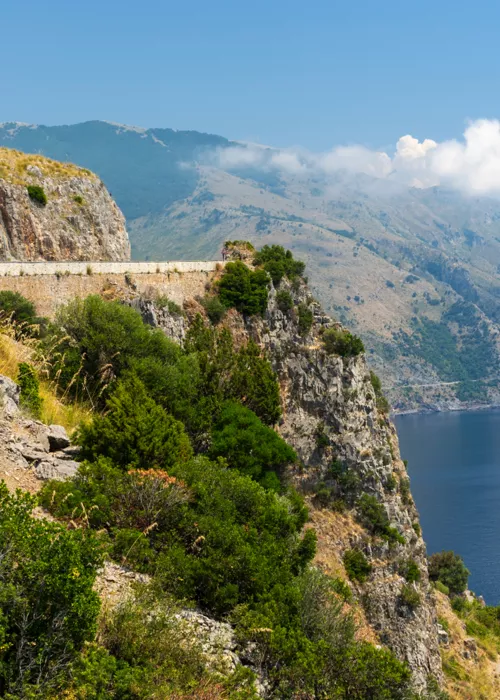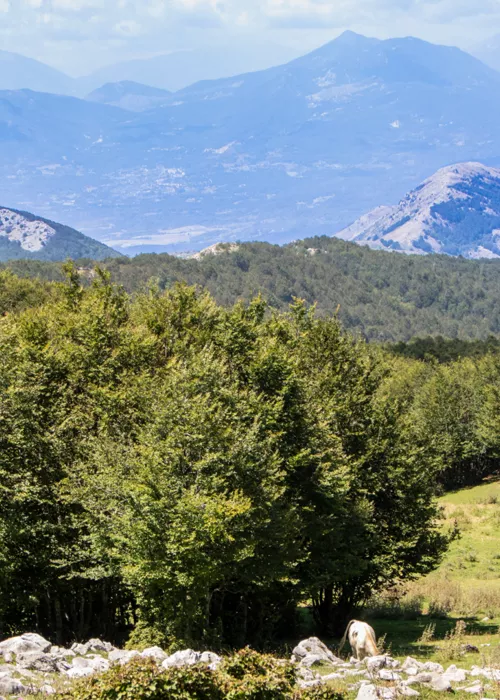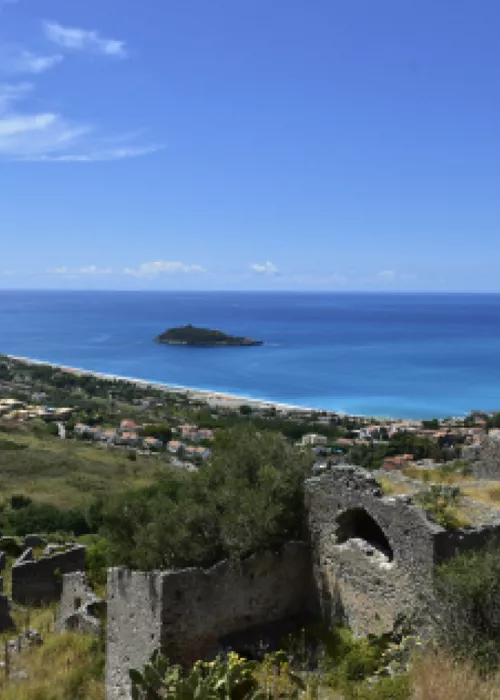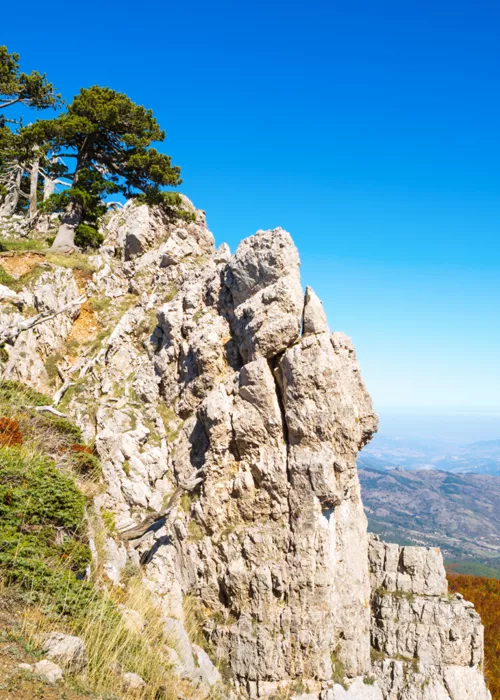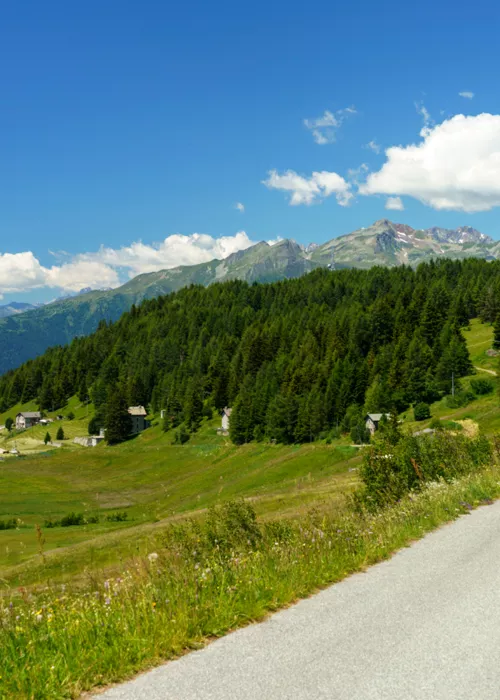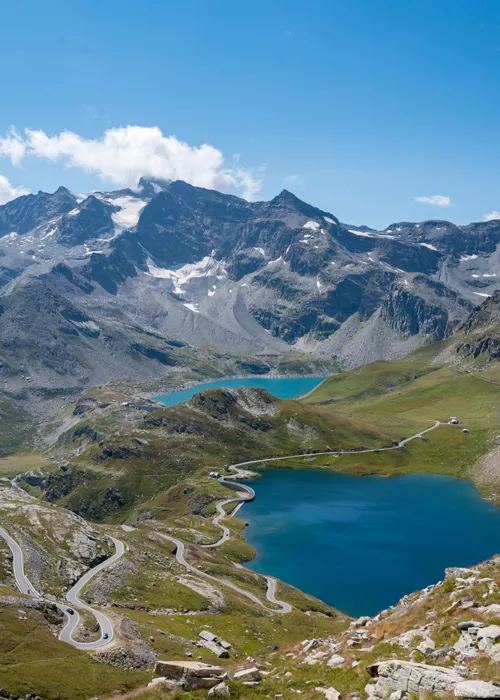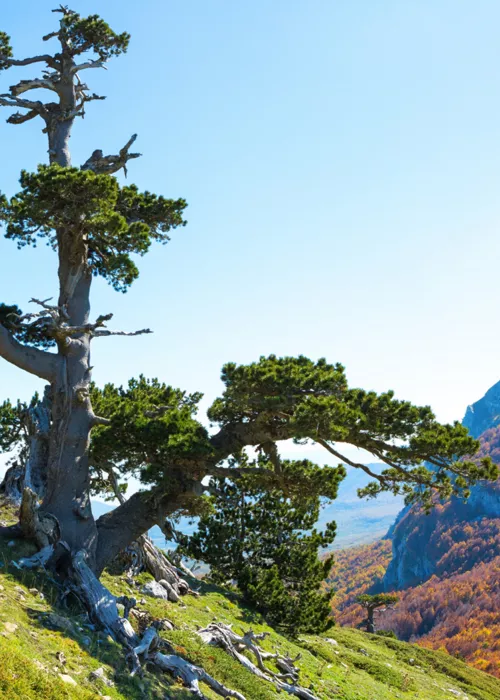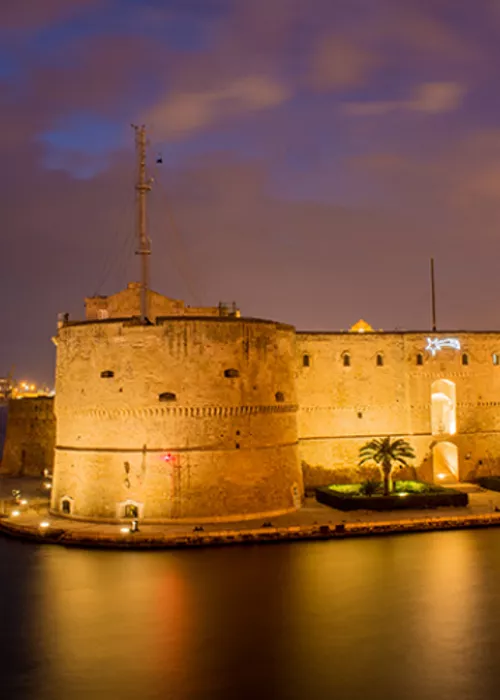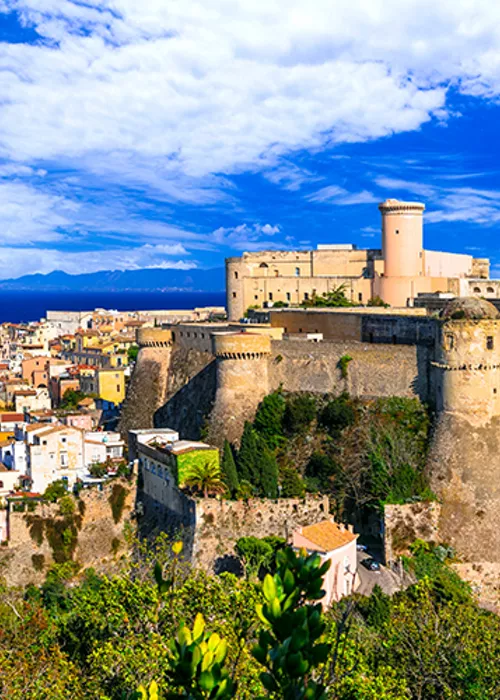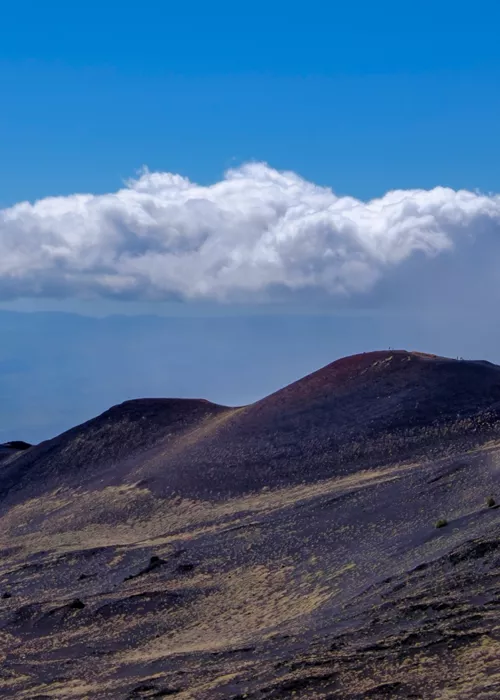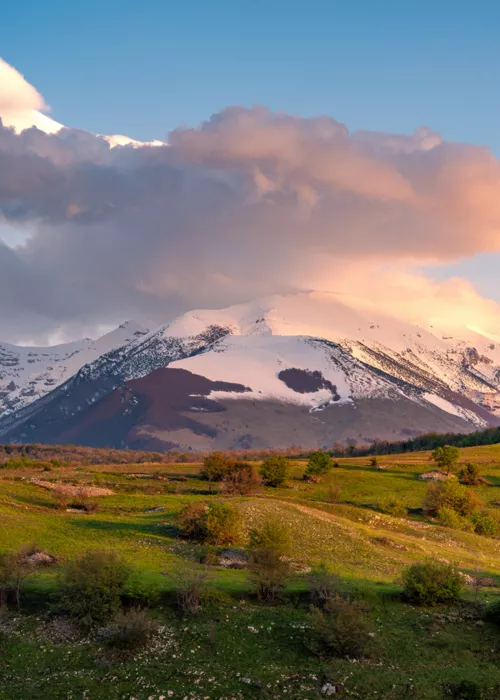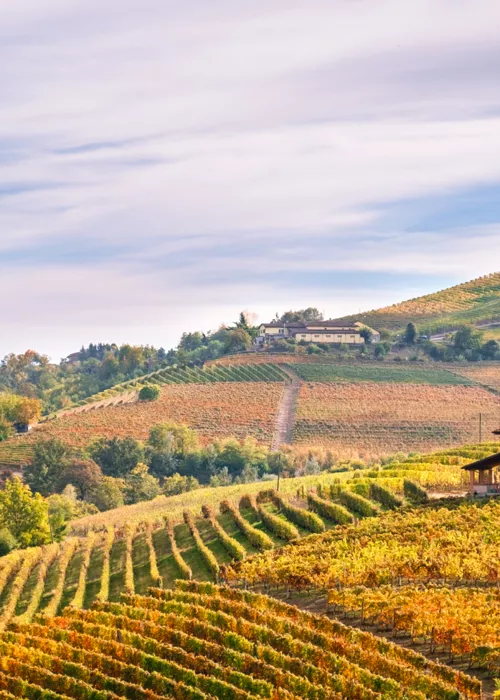Isabella Morra Castle, Valsinni

The Park is located between Basilicata and Calabria, regions with a wealth of castles that developed over time to defend small towns and road links and later became noble residences with a long history.
The itinerary begins in Basilicata with the Castle of Isabella Morra in the Municipality of Valsinni (formerly Favale), in the province of Matera. Built in the year 1000, it was occupied by the noble family of the feudal lord Gian Michele di Morra and today is a National Monument. The story of Gian Michele's young daughter, Isabella Morra, was told by Benedetto Croce. This young 16th-century Petrarchan poetess was killed by her brothers in 1546, when she was only 25 years old, because she was suspected of having an affair with the Spanish nobleman Diego Sandoval de Castro, who was lord of the neighbouring fiefdom of Bollita (today Nova Siri), who was also killed.
Built over the remains of an older Lombard fort, the castle is part of the Isabella Morra Literary Park, which every year in August enlivens the village streets with theatrical performances, poetry trails and food and wine events to honour the memory of the young poetess, one of the most important exponents of 16th century poetry.
Episcopia Castle

Travelling south-west along the SS 653, we reach the second stop, Episcopia, in the province of Potenza. Its castle dominates the entire landscape and was built by the Byzantines near a stronghold from the Lombard era, as attested by an ancient document dating back to the year 1000, written by the Patriarch of Jerusalem, Orestes Jeremiah. The building was part of other fortresses defending the Sinni Valley, an ancient border point between Basilicata and Calabria.
After modifications over time by the various inhabitants, the Normans transformed the castle into a residence and then added a city wall. On the current façades you can see the different stratifications that have taken place over time. The building consists of two towers, one cylindrical and the other quadrangular, with a drawbridge barring the entrance and frescoes at the entrance depicting a coat of arms with a reptile and a warrior. Also still preserved is the secret underground passage leading to the river, which was probably used to escape.
Worthy of note is the portal of Palazzo Frabasile (19th century) built in stone by local stonemasons in the 18th-19th centuries. The interior of the castle cannot be visited, but the entire exterior can be viewed.
"Ruggero" Castle in Lauria

Some 32 km later, on the SS 653 westwards, you arrive in Lauria, whose origins date back to the 10th century with the arrival of Basilian monks from the East and also of Lombards, Knights Templar and Saracens. The town retains its ancient vestiges in wrought-iron gates, stone portals and coats of arms, decorated cornices and is divided into two districts: Lauria Superiore, which houses the "Castle", and Lauria Inferiore, the "Village", divided by the ancient district "Ravita", from the Arabic word 'Rabit' meaning "neighbouring area", where the Saracens lived.
The castle, named "Ruggero" after the famous admiral of Sicily and Aragon who owned it, later followed by the Sanseverino family and the Dukes of Candia, was built in the 13th century by the Saracens and the Normans added the side towers. An imposing structure as can be seen from the remains on the Armo rock in the Cafaro district. The plan was octagonal, surrounded by walls, and developed on three floors with side towers. Access was only on the eastern side, while the main entrance built into the living rock is still visible.
Other destinations worth visiting are the Madonna dell 'Armo Sanctuary (probable mediaeval deformation of "hermitage"); the home of Blessed Domenico Lentini, Patron of Lauria, whose relics are preserved inside the Mother Church of S. Nicola di Bari; the Monastery of S. Antonio dei Frati Cappuccini. The actor and director Rocco Papaleo was also born here.
Laino Castle

We now reach Laino Castello, in Calabria, after heading south for 26 km on the SS 19. The town is located in the heart of the Pollino National Park at 545 metres above sea level and probably dates back to the second half of the 7th and early 6th century BC.
Following a period of decline from the 4th century, with the arrival of Basilian monks allowed it to regain its former glory, becoming one of the most important religious and cultural centres in Italy. This was followed by the Byzantines and then the Lombards, who built the Castle (Castrum Layni) on the hill of S. Teodoro, 560 m above sea level, then the capital of one of the seven most famous Gastaldati in the South.
The various inhabitants over time added fortifications and sections which today only remain as the remnants of the turreted ramparts from which you can enjoy the view of the valley below, where the Lao River flows in a forested canyon.
The village has a historic core, the old part, and a more modern one that became populated after the earthquake of 1982. The ancient village, Laino Castello Vecchio, has alleys, noble buildings, stairways and some natural caves that were used by Byzantine monks and later served as civil dwellings.
Castello di Morano Calabro

Via the SS 19, the new stage leads to Morano Calabro, one of "the most beautiful villages in Italy", thanks also to its conical hill shape created by the ensemble of its houses, churches, small streets and steps. The village is located about 700 m above sea level, on the rocks of the upper Coscile valley between the southern slopes of the Pollino Massif.
Of Roman origin, the city was accessed by the Via Capua Regium (Via ab Regio ad Capuam), also known as Via Popilia or Via Annia, one of the most important roads in southern Italy, built in 132 BC by order of Roman magistrates specifically to unite Rome with the southernmost part of the country, i.e. the Civitas foederata Regium. Its strategic position, which allowed control of the entire valley of ancient Sybaris, attracted several invaders over time.
The village rises below the remains of the Castle, an ancient Roman lookout post that the Normans later transformed into a fortress. Between 1514 and 1545, it was later restored on the order of feudal lord Pietrantonio Sanseverino following the model of the Maschio Angioino in Naples. It consisted of three floors, with a square plan and six cylindrical towers (of which only the central and left one remains), and was fitted with a drawbridge, moat and ramparts. It was also large enough to house an army of a thousand soldiers.
It was damaged in 1733, then bombed by Napoleon's army in 1806 and was left in ruins due to subsequent looting until the 2000s when extensive renovation began, which restored several parts of it where exhibitions and cultural events are now held.
Castello del Principe ("the Prince's Castle"), Belvedere Marittimo

From Morano, take the SS 19 westwards to reach Belvedere Marittimo, but it is advisable to take a break on the road to Mormanno where you can have a taste of the typical "bocconotti". After Santa Maria del Cedro and Diamante, you reach Belvedere Marittimo where the Aragonese Castle, considered among the most beautiful and best preserved in the region, can be found. Dating from the second half of the 11th century, it was built by order of Roger the Norman on an earlier Lombard "castrum".
Over time, many different noble lines occupied the so-called "Castle of the Princes", including the Angevins, Montfort, Sangineto, Sanseverino, Orsini del Balzo, Carafa.
The Castle was fortified in 1426, after the conspiracy of the Barons, by Ferdinand of Aragon, who did the same with those of Castrovillari and Corigliano, and built one at Pizzo. Furthermore, a drawbridge and walls with two cylindrical crenellated towers were also added. A plaque supported by two putti and bearing the Aragonese coat of arms, was placed at the entrance.
Of square design, it retains the remnants of the moat and the grooves in which the chains of the drawbridge were wrapped. It is a National Monument that has been reproduced at "Italia in Miniatura" in Rimini, However, as it is privately owned, it is only possible to see the building from outside.


